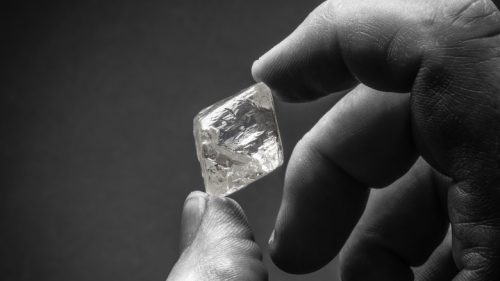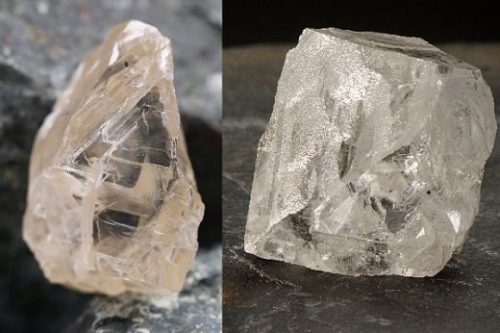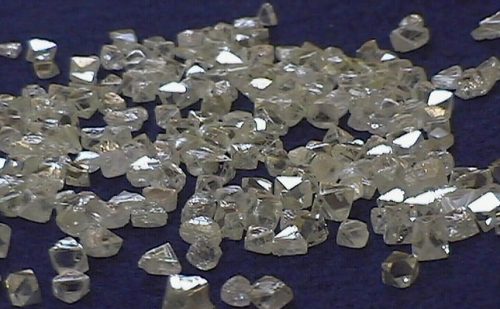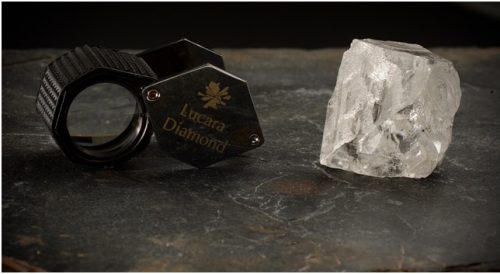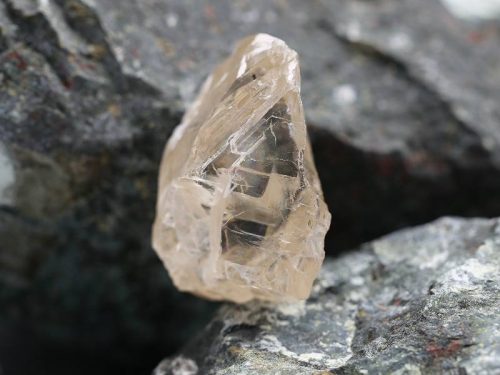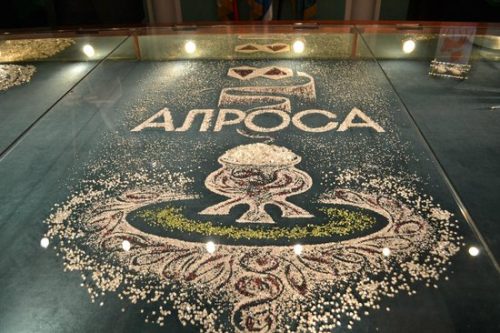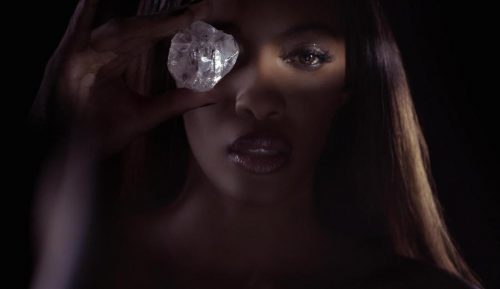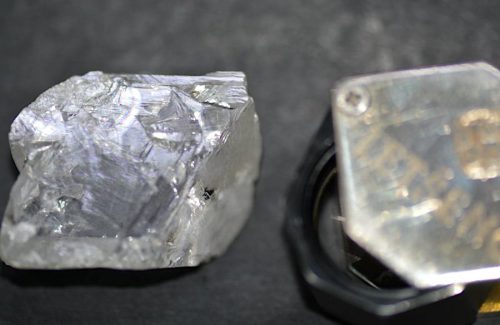Botswana Diamonds has been awarded the priority 2.5 ha Mooikloof kimberlite pipe concession. Using recently developed exploration techniques it will re-assess this high potential pipe.
The award of the Mooikloof Prospecting Licence is an important development for Botswana Diamonds.
Mooikloof was last prospected in 1986. The adjacent Oaks mine was owned and successfully operated by De Beers. The Oaks mine had a grade of 53 cpht at a value of $156 per carat.
The large flagship Venetia mine, operated by De Beers, is close by and in the same general geology.
Based on Botswana Diamond’s experience elsewhere, it suspects that past explorers may have systematically under estimated the kimberlite pipe size, grade and diamond quality of the Mooikloof kimberlite.
It will deploy state of the art exploration techniques to reassess the Mooikloof kimberlite, and maybe open another by passed kimberlite pipe development.
Botswana Diamonds has now received the Technical Economic Evaluation Report on the Thorny River Project.
The deposit is between 1.2 and 2 Mt, the grade is between 46 and 74 cpht and carat values between US$120 and $220 per carat.
The Technical Economic Evaluation Report indicated positive economics could potentially be achieved using the top end of the grade and value ranges, assuming additional kimberlite volume of similar grade and value can be defined with further exploration.
While not a Scoping Study as Botswana Diamonds had previously envisaged in the announcements dated 15 February 2018 and 21 March 2018, the Technical Economic Evaluation Report has provided the company’s directors with sufficient information to conclude that the Thorny River Project requires further investigation.
Consequently, the directors are considering the company’s various technical and commercial options, which will be studied simultaneously with ongoing exploration.
Drilling at Ontevreden confirmed the existence of a kimberlite pipe, but showed the pipe to be smaller than the previously indicated geophysical anomaly.
Given Botswana Diamond’s attractive priorities elsewhere, it now proposes no further work on Ontevreden.
“Significant progress has been made on our joint venture projects in South Africa,” comments Botswana Diamonds chairman, John Teeling.
“Analysis shows that a mine on the Thorny River deposit could be profitable assuming positive results from additional exploration. Now we must refine the volume, grade and value estimates while working on the mining model.
“But modern mineral exploration technology is not a magic bullet. Modern geophysics indicated a 0.7 ha pipe at Ontevreden. Our drilling confirmed a smaller pipe, which is not currently commercial”.
Source: miningreview
